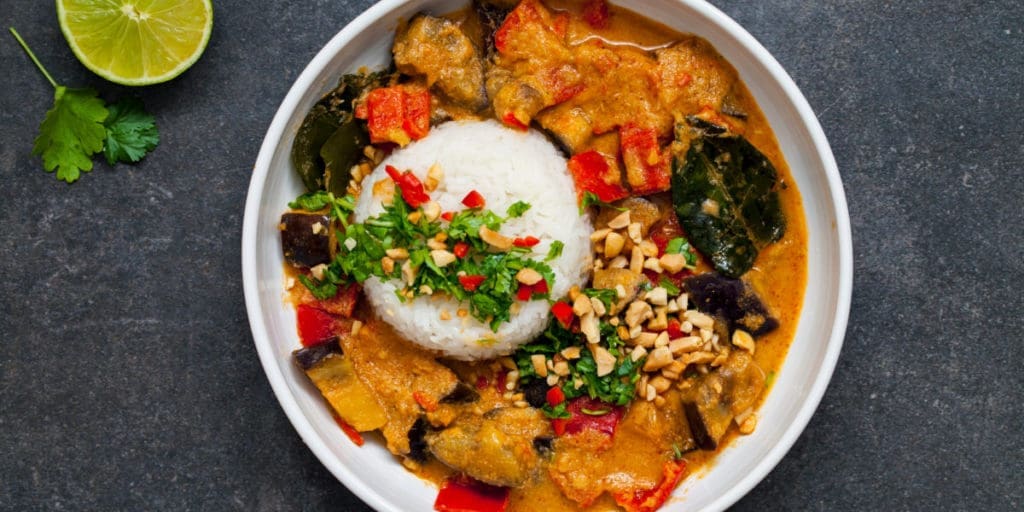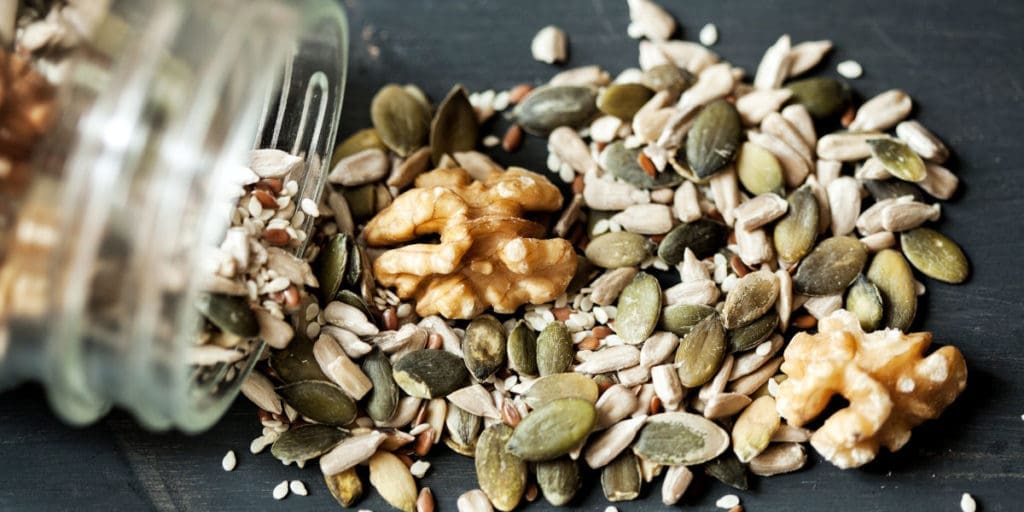Fibromyalgia Diet Overview
Managing symptoms of fibromyalgia is often a bit of a trial and error process. Medications, lifestyle changes and therapies like chiropractic work are an important part of that process. But did you know that focusing on a healthy diet may also play a vital role? The best diet for fibromyalgia relief consists of anti-inflammatory foods and foods high in fiber and low in added sugar which can help reduce inflammation. This includes whole grains, fruits and vegetables among other types of food. Let’s look at some specific tips to help ensure your chronic pain is better managed.
How to improve your diet for Fibromyalgia relief video
Start with a food diary
Fibromyalgia and diet are closely linked. Certain foods can even trigger more severe fibromyalgia symptoms. One study found that 42% of people with fibromyalgia experienced worsening symptoms after they ate particular foods.
Everyone is different though. Your body may not be able to tolerate particular foods that don’t bother others with fibromyalgia. In order to identify your food sensitivities, start by keeping a daily food diary.
Your food diary is a written account of what you eat and when you eat it throughout a day. Write down if you have any unusually severe symptoms as well as when they occur.
You might not notice patterns right away, but keep writing in the diary for at least a month. With enough data and observations, you may be able to look back and identify links between eating certain foods and corresponding worsening symptoms. Then you can remove or limit these foods from your diet to help improve your quality of life.
Need tips on how to keep a Fibromyalgia diet food diary? Watch video below:
Make it easy to choose a well-balanced, nutrient-dense diet
A well-balanced diet full of healthy foods like fruits, vegetables, tofu, beans and whole grains is important for all of us. It can be especially important for fighting the depression, pain and fatigue that often accompany fibromyalgia.
When symptoms flare, it’s often much easier to pick up the phone and order in rather than facing the kitchen. However, these are the times you need the best foods the most. If you don’t have someone available who can cook for you, make things easy on yourself by buying easy-to-prepare alternatives. Pre-washed and cut fruits vegetables and pre-made salads are excellent options for those times when your motivation wanes.
“reduce your perception of fatigue because your brain, which has very few energy reserves of its own, needs a steady supply of nutrients.”
Fibromyalgia Diet – Eat for energy
Fatigue is one of the most common fibromyalgia symptoms. Luckily, the right foods and eating habits can be combat it. Eating small meals frequently throughout the day can ensure your energy levels don’t dip. By doing this, you can “reduce your perception of fatigue because your brain, which has very few energy reserves of its own, needs a steady supply of nutrients.”
Protein-rich foods are also excellent for energy. Reach for snacks like a protein bars, nuts and seeds, peanut or almond butter or roasted chickpeas when fatigue strikes. These are better alternatives than sugary treats, which will only spike your energy before sending you crashing back to Earth.
Consider going plant-based diet for Fibromyalgia


Research has shown us time and time again that many overall health benefits of a plant-based diet. That includes benefits for fibromyalgia pain as well.
If you’re considering diet plans for your fibromyalgia pain, a vegan diet may be your best bet. Mostly vegetarian, mostly raw vegan and raw vegan diets have been put to the test, and one answer is clear: eating more plant-based whole foods is optimal for chronic widespread pain syndromes.
If you switch to a plant-based diet, you may experience weight loss, a factor that may help your overall health. It’s also likely you’ll help to prevent other chronic conditions such as cancer and cardiovascular disease.
Consider upping your fruit, vegetable and grain intake and adding some meat-free meals to your diet.
Avoid gluten in your Fibromyalgia diet

Gluten intolerance is suspected to cause or worsen issues like headaches, skin rashes, digestive problems, and possibly fibromyalgia. Even if you don’t have celiac disease, if you’re sensitive to gluten, it could be making your fibromyalgia symptoms worse.
A 2014 study focused on the effects a gluten-free diet would have over the course of the year. The participants were women who had fibromyalgia and irritable bowel syndrome. The gluten-free diet resulted in “remarkable clinical improvement” for fibromyalgia patients.
If you suspect you may have a gluten sensitivity, then limiting your gluten intake may help to control your symptoms. Talk to your health care team about making this switch.
Finding the best diet for Fibromyalgia

While there are various studies on diet plans that best control fibromyalgia pain, there are strategies that you can use to find the diet that works best for you. Try these steps:
- Eat foods that give your body the nutritional support it needs
- Avoid processed foods, meat and gluten
- Chart which foods help to reduce your symptoms
- Update your doctor about any dietary changes
- Consult with a nutritionist to make sure that your food choices are meeting your body’s needs
What are your tips for creating the best Fibromyalgia diet?
Tell us what you’re cooking in the comments below!
Join our online community by clicking here.
Pain management starts and ends with health awareness and dedication. Click here to read more.






If You don’t wish to change your dietplan, I totally understand, so what you want to do is extreme exercise. You need to plan this out in advance and learn what type of calories you are eating and we are going to look at how much exercise you’ll want to do, in order to push your body into a calorie deficit.